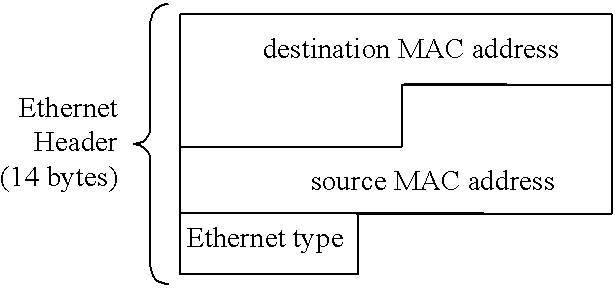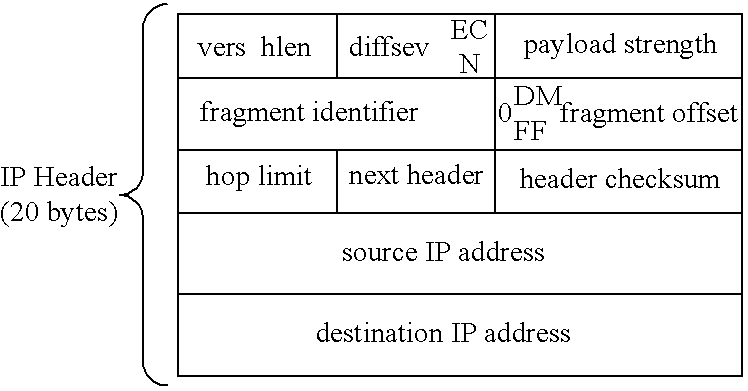Method and system for processing downstream packets of an optical network
a technology of optical network and downstream packet, applied in the field of method and system for processing downstream packets of optical network, can solve the problems of increasing affecting the overall cost of the system, and prohibiting the cost of ftth and fttb architectures,
- Summary
- Abstract
- Description
- Claims
- Application Information
AI Technical Summary
Benefits of technology
Problems solved by technology
Method used
Image
Examples
Embodiment Construction
[0036] The present invention may be embodied in hardware or software or a combination therewith disposed within an optical network. The present invention can comprise a transceiver node that further comprises an optical tap routing device and a plurality of optical tap multiplexers for receiving downstream packets from the optical tap routing device. Each optical tap multiplexer may comprise a plurality of classifiers and a plurality of policers. With the classifiers and policers, the present invention can support at least one gigabit or faster data rate, and Ethernet communications in optical form to and from the data service hub and partition or apportion this optical bandwidth into distribution groups of a predetermined number. The present invention can allow optical bandwidth to be offered to subscribers in preassigned increments. The flexibility and diversity of the present invention can be attributed to a few components.
[0037] Referring now to the drawings in which like numera...
PUM
 Login to View More
Login to View More Abstract
Description
Claims
Application Information
 Login to View More
Login to View More - R&D
- Intellectual Property
- Life Sciences
- Materials
- Tech Scout
- Unparalleled Data Quality
- Higher Quality Content
- 60% Fewer Hallucinations
Browse by: Latest US Patents, China's latest patents, Technical Efficacy Thesaurus, Application Domain, Technology Topic, Popular Technical Reports.
© 2025 PatSnap. All rights reserved.Legal|Privacy policy|Modern Slavery Act Transparency Statement|Sitemap|About US| Contact US: help@patsnap.com



